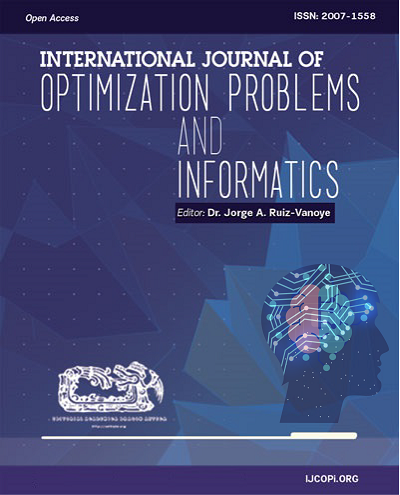The Computational Efficiency in Mathematical Algorithms
A Study of Linear vs. Parallel Programming in the Context of Image Processing
DOI:
https://doi.org/10.61467/2007.1558.2025.v16i2.1081Keywords:
Parallel programming, Sequential programming, Sobel filter, Computational efficiency, Image processingAbstract
The implementation of mathematical algorithms plays a fundamental role in computational efficiency. Sequential programming, which processes instructions in a linear manner, often struggles with large data volumes due to its inherent limitations. In contrast, parallel programming distributes tasks across multiple cores, significantly reducing processing times and improving overall performance. This paper presents a comparative analysis of both approaches and their relevance in Systems Engineering, where computational optimization is critical. To this end, we implement and evaluate the Sobel algorithm—commonly used for edge detection in images—in both sequential and parallel modes. The implementation is carried out in Python, leveraging the NumPy, OpenCV, and Multiprocessing libraries. This study analyzes the conditions under which parallelization enhances performance and identifies scenarios where process overhead may negate its benefits, thus establishing fundamental criteria for applying these techniques to solve mathematical problems in engineering. The source code is available on GitHub at: [GitHub Repository].
Downloads
Published
How to Cite
Issue
Section
License
Copyright (c) 2025 International Journal of Combinatorial Optimization Problems and Informatics

This work is licensed under a Creative Commons Attribution-NonCommercial-NoDerivatives 4.0 International License.





